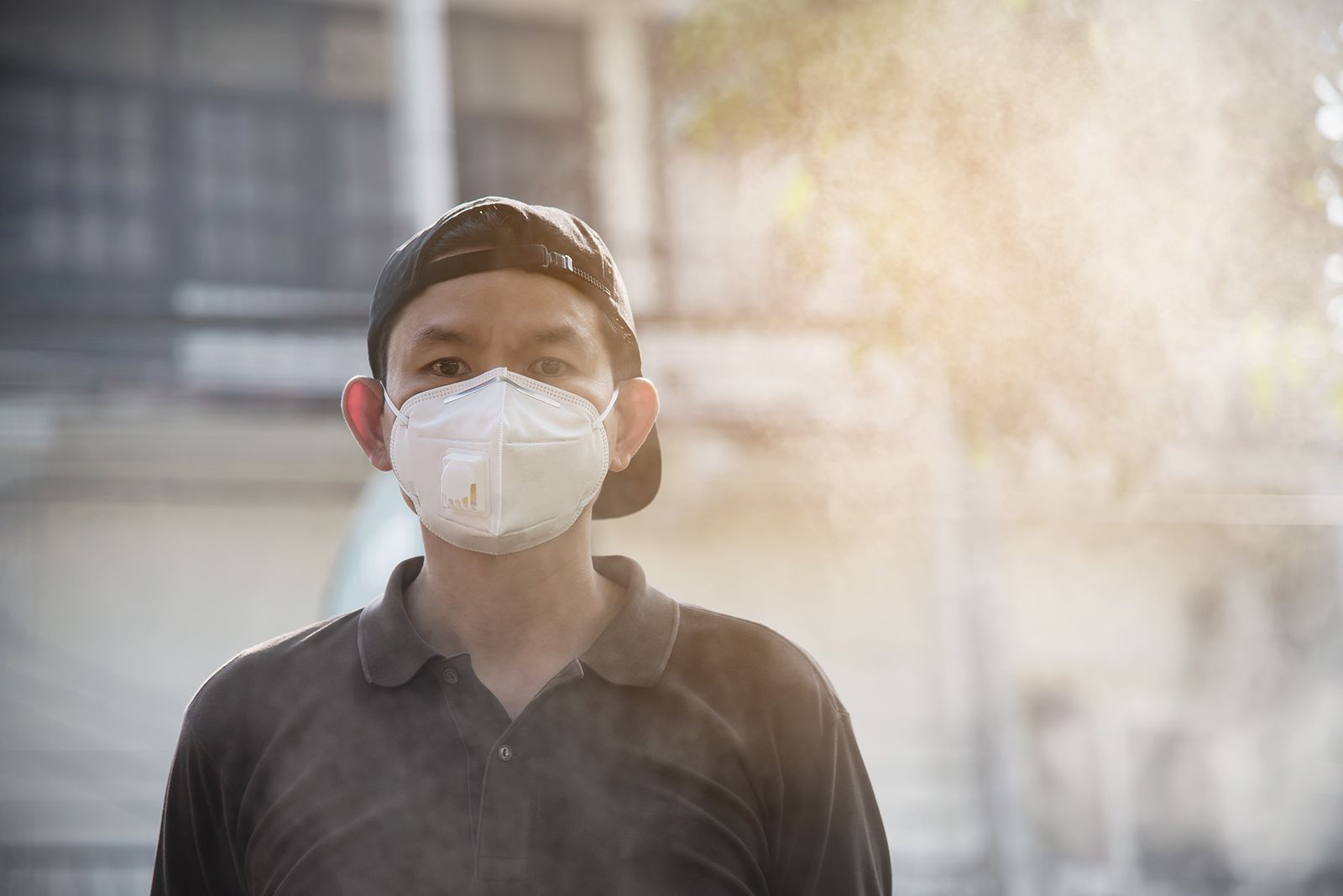The global health crisis has significantly highlighted the importance of health and well-being in a community setting. While public health has been one of the priorities of the government, COVID-19 emphasized how it should be a core concern when it comes to urban development and economic recovery.
In 2022, more companies are looking for sustainable and resilient solutions to better protect and better equip their workforce physically and mentally. Beyond pandemic resilience, the new normal office puts the spotlight on workplace wellness and safety for employees and building tenants. Here are some workplace wellness trends to expect in 2022:
Reinforcing Work-Life Balance
Prolonged lockdowns have left companies in and outside the Philippines to offer more flexible work arrangements. Contrary to the typical 8-5 office setup, many have enjoyed spending more time at home through a remote work setup, enabling them to reinforce work and life balance. This trend is expected to continue next year, as many companies consider decentralizing their workforce and provide more flexible options for their employees.
A hybrid office model means a mix of office and work-from-home setup, allowing employees to do more things outside of work. A study in the US revealed that the pandemic has significantly improved their work-life balance. Out of 1,010 respondents, 83% said that they currently have a positive work-life balance because of more flexible work options.
Focus on Mental Health & Stress Management
The new normal presents an opportunity to provide a better work environment for employees and support their mental well-being. Many studies show that office spaces impact the mental health and cognitive function of employees, especially as they face more stress and anxiety while working. According to research, employees inside a confined space for extended periods of time can suffer from mental burnout, demotivation, and added stress.
In a study, a healthy workforce can improve output due to lower stress levels and employee absences. A more holistic approach is also encouraged by some experts. In the same report, the corporate wellness program can go beyond physical, mental, social, and emotional needs. Mental health is an aspect that is most often overlooked by employees and employers alike.
Primary Care Benefits
Employees expect a more comprehensive healthcare and protection benefits from their employees in 2022. As the majority realized the importance of putting their health first and at the top of their priorities, one of the emerging trends in the new normal is the inclusion of primary care to the employees’ benefits moving forward.

Healthier Workspaces
With more employees being health-conscious, a future-proof workplace successfully incorporates sustainability, sophistication, and safety in its design and layout. Premium office spaces provide an additional layer of protection to its tenants against the virus and other threats to their holistic health.
Structural and technological upgrades help boost confidence and peace of mind, enforce protocols, and track activity for tenants to feel safer and be inspired at work.
Premium green buildings and commercial developments, such as JEG Tower @ One Acacia, ensure that the workplace gives utmost importance to the health, safety, and holistic well-being of its tenants. With offices designed to integrate sustainability and sophistication, employees can enjoy green features that provide greater support for employees to their psychosocial needs.
READ MORE: Why JEG Tower is the perfect new normal workplace
Want to learn more about how the workplace can support employee well-being? Contact Gerold Fernando at (+63) 917-565-3547. For leasing inquiries and more information, send an email to jegtower@kmcmaggroup.com.



